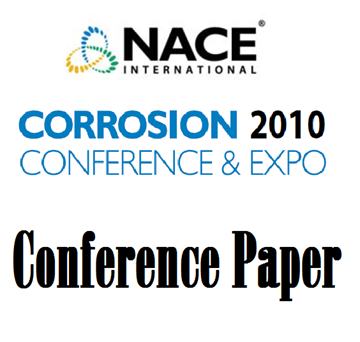Search
Products tagged with 'impressed current cathodic protection'
View as
Sort by
Display
per page
10025 Remoteness of Impressed Current Anode Ground Beds
Product Number:
51300-10025-SG
ISBN:
10025 2010 CP
Publication Date:
2010
$20.00
Advanced Subsea Corrosion Protection via Modulated Impressed Current Cathodic Protection a Prototype Demonstration and Comparative Evaluation
Product Number:
51324-20812-SG
Publication Date:
2024
$40.00
Effect of Environmental and Flow Process Conditions on Impressed Current Cathodic Protection System in a Petrochemical Installation
Product Number:
51324-20619-SG
Publication Date:
2024
$40.00
Internal ICCP of Offshore Wind Monopile Foundations
Product Number:
51323-19376-SG
Publication Date:
2023
$20.00
NACE SP0572-2024, Design, Installation, Operation, and Maintenance of Impressed Current Deep Anode Systems
Product Number:
NACE SP0572-2024
Publication Date:
2024
$109.00
Optimization of Accelerated Life Testing of Anodes
Product Number:
MPWT19-15290
Publication Date:
2019
$0.00






